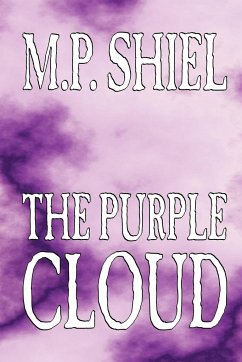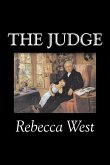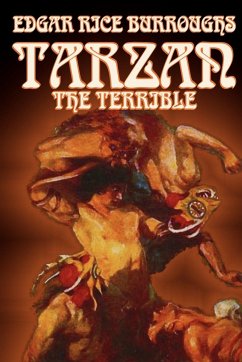It begins with the end of the world . . . In some way, Jeffson is chosen, for he tells of hearing the voices from an early age. Adam Jeffson ends up as the first man to reach the North Pole -- alone -- where he finds a scene of wonder and terror described in Shiel's evocative prose. Jeffson struggles back to the ship, and along the way, the real horror begins. H.G. Wells lauded The Purple Cloud as "brilliant" and H. P. Lovecraft later praised the novel as exemplary weird fiction, "delivered with a skill and artistry falling little short of actual majesty." It begins with the end of the world.








